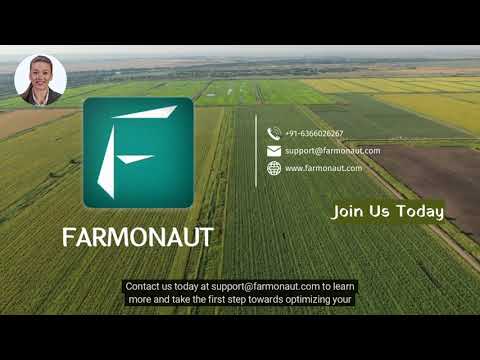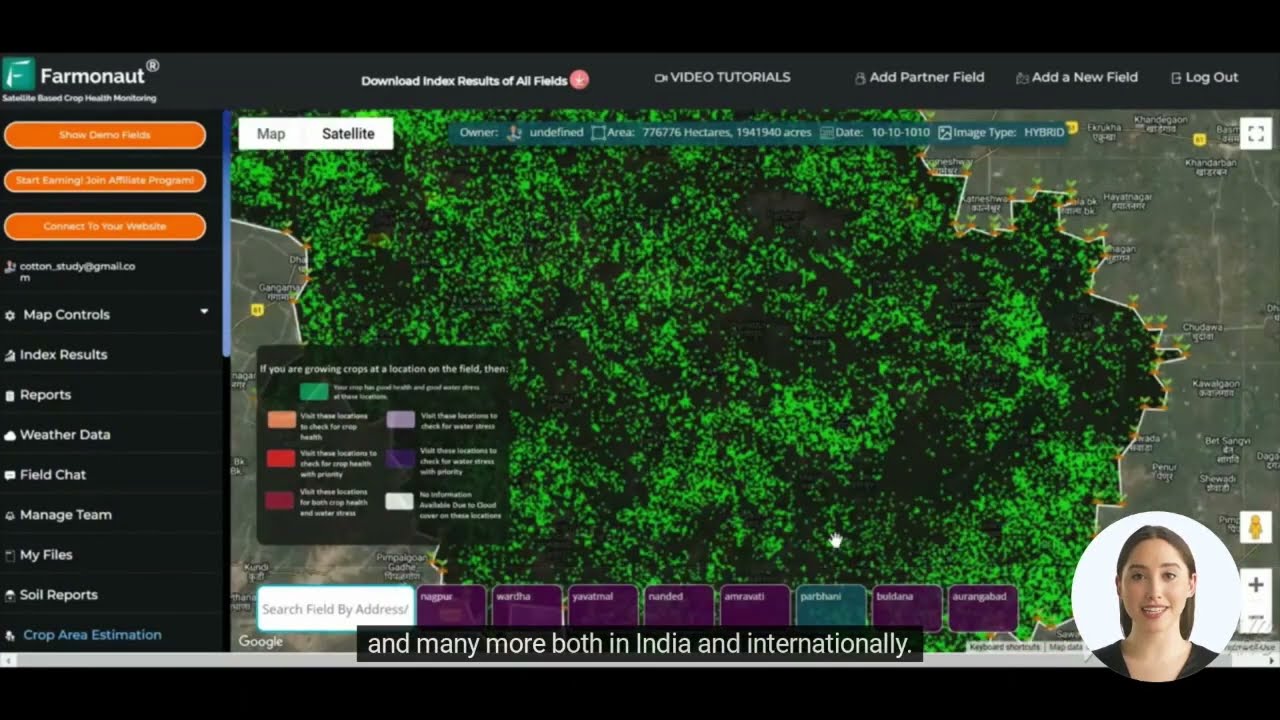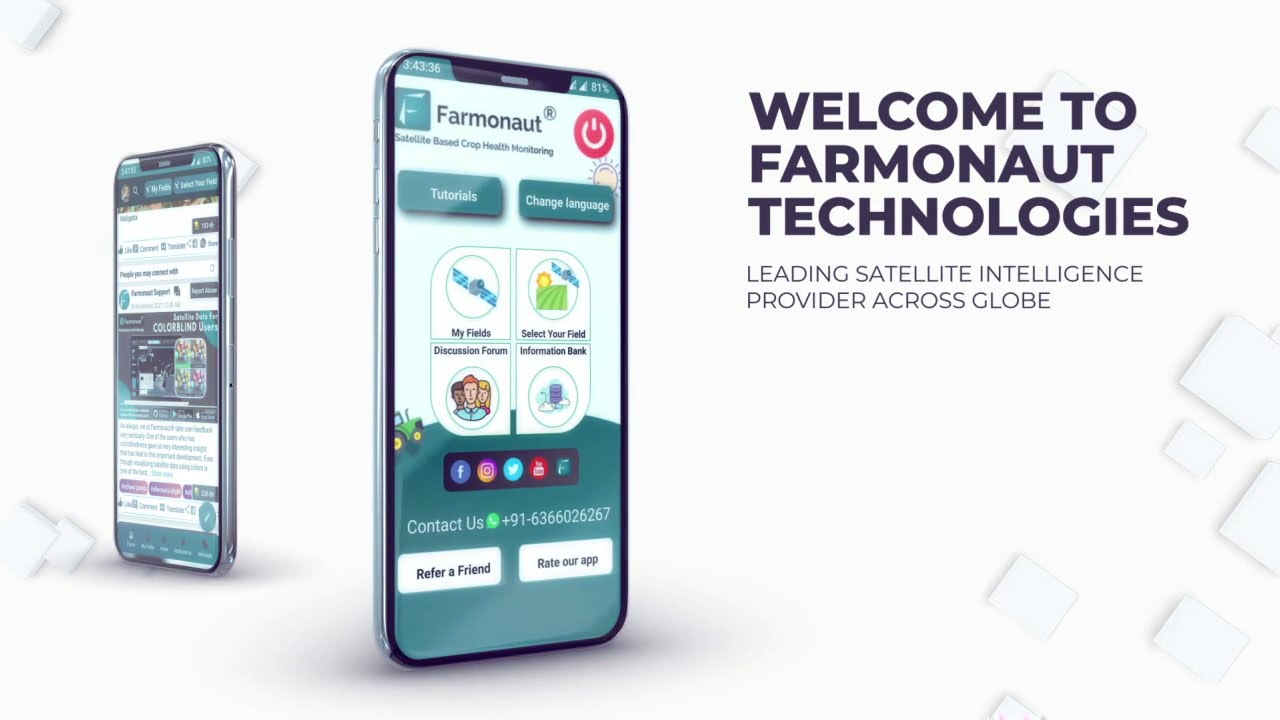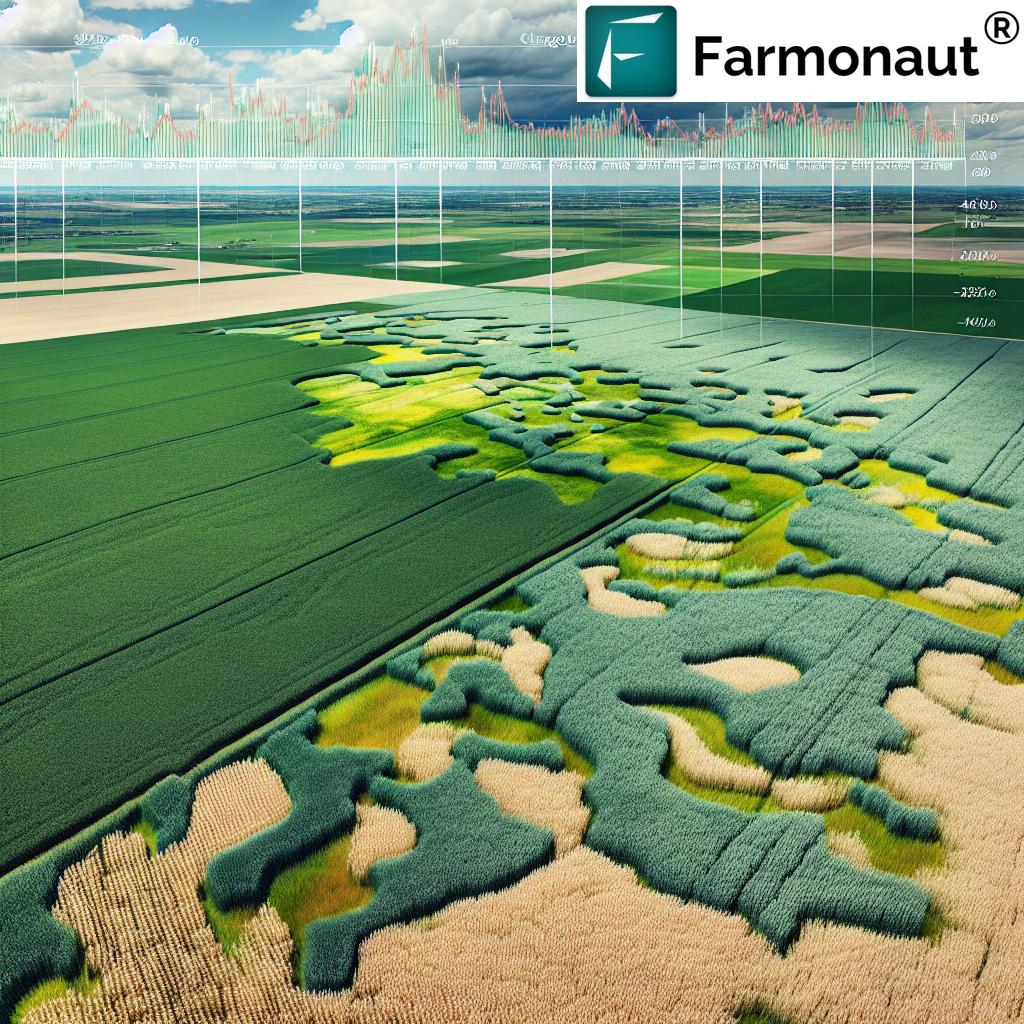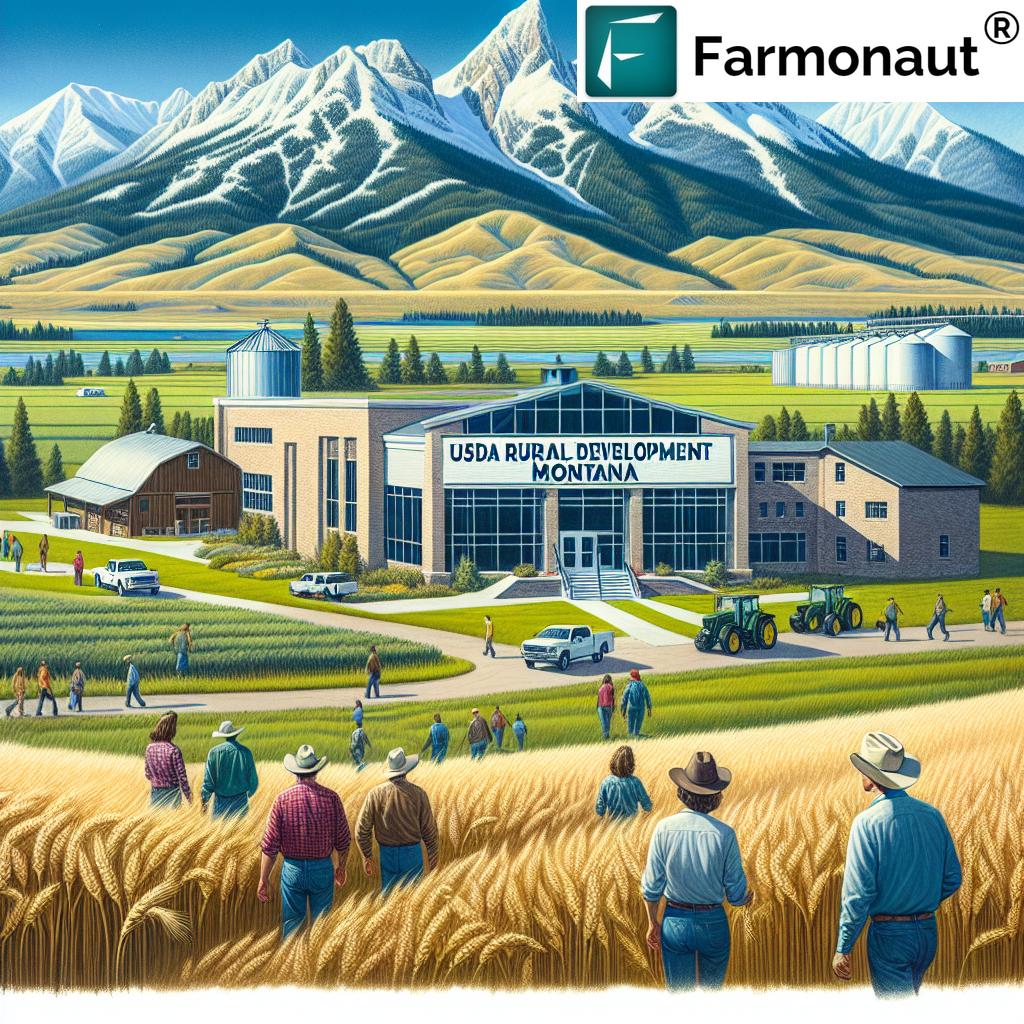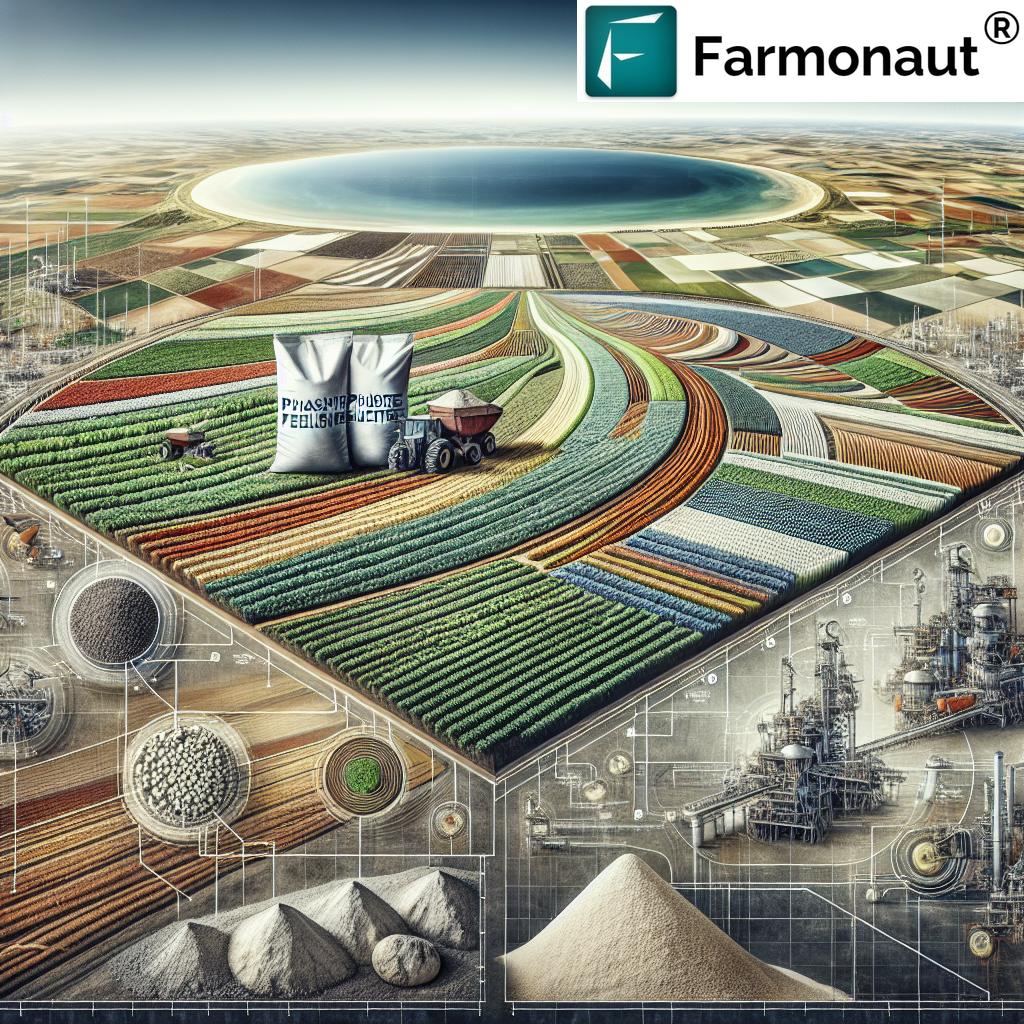Drone Services Market Soars: Global Industry Forecast Predicts 36.60% CAGR Growth to $555.58 Billion by 2034
“The global drone services market is projected to reach $555.58 billion by 2034, growing at a CAGR of 36.60%.”
In the rapidly evolving landscape of technology, few sectors have experienced as dramatic a surge as the drone services market. As we delve into the latest industry forecasts and trends, we’re witnessing an unprecedented boom that’s reshaping industries and opening new frontiers for innovation. The drone services worldwide market has been on an upward trajectory, and projections indicate this growth is set to continue at an astounding pace.
According to recent reports, the global drone services market size accounted for USD 24.56 billion in 2024, grew to USD 33.55 billion in 2025, and is predicted to soar to an impressive USD 555.58 billion by 2034. This represents a remarkable Compound Annual Growth Rate (CAGR) of 36.60% between 2024 and 2034. Such exponential growth underscores the transformative potential of drone technology across various sectors.
Regional Market Dynamics
While the drone services market is experiencing global growth, regional variations paint an interesting picture of adoption rates and market potential:
- North America: Currently leading the pack, North America held the highest share of the global drone services market in terms of value. The North American market size was calculated at USD 8.84 billion in 2024 and is expected to grow at the fastest CAGR of 36.78% during the forecast period.
- Asia-Pacific: This region is projected to witness the fastest growth during the forecast period, driven by large drone service providers in countries like China and Japan, as well as limited regulations on commercial drone use.
- Europe: While not growing as rapidly as North America or Asia-Pacific, Europe remains a significant player in the drone services market, with increasing adoption across various industries.
“North America currently leads the drone services market share, while Asia-Pacific shows the fastest growth potential.”
[Image 1: Drone Services Market Soars: Global Industry Forecast Predicts 36.60% CAGR Growth to $555.58 Billion by 2034]
Driving Forces Behind Market Growth
Several key factors are propelling the unprecedented growth in the drone services market:
- Technological Advancements: Continuous improvements in drone technology, including better cameras, sensors, and software, are expanding the capabilities and applications of drones.
- Commercial Applications: The increasing adoption of drones across various industries such as agriculture, construction, real estate, and transportation is driving market growth.
- Regulatory Support: Governments worldwide are developing more supportive regulatory frameworks for commercial drone operations, facilitating market expansion.
- Cost-Effectiveness: Drones offer a cost-effective alternative to traditional methods in many applications, making them attractive to businesses looking to optimize operations.
- Demand for Aerial Photography: The rising demand for high-quality aerial imagery in sectors like real estate, media, and entertainment is boosting drone services adoption.
Key Market Segments and Applications
The drone services market encompasses a wide range of applications across various industries. Some of the key segments driving growth include:
1. Precision Agriculture
Drones are revolutionizing farming practices by providing farmers with detailed insights into crop health, soil conditions, and irrigation needs. This precision agriculture approach enables more efficient resource use and higher crop yields.
2. Aerial Photography and Videography
The real estate and construction sectors are increasingly relying on drone-captured imagery for marketing, project planning, and progress monitoring. Drones offer unique perspectives and high-resolution visuals that were previously difficult or expensive to obtain.
3. Surveying and Mapping
Drones equipped with LiDAR and other advanced sensors are transforming land surveying and mapping processes. They can quickly and accurately capture detailed topographical data, reducing the time and cost associated with traditional surveying methods.
4. Infrastructure Inspection
From power lines to bridges, drones are being used to inspect critical infrastructure more safely and efficiently than ever before. This application is particularly valuable in hard-to-reach or dangerous locations.
5. Delivery Services
While still in its early stages, drone delivery services are gaining traction, with major companies exploring their potential for last-mile delivery solutions in both urban and rural areas.
[Image 2: Drone Services Market Soars: Global Industry Forecast Predicts 36.60% CAGR Growth to $555.58 Billion by 2034]
Emerging Trends Shaping the Future of Drone Services
As the drone services market continues to evolve, several trends are emerging that will likely shape its future:
- AI and Machine Learning Integration: Advanced AI algorithms are enhancing drone capabilities, enabling autonomous flight, object recognition, and data analysis.
- 5G Connectivity: The rollout of 5G networks will significantly improve drone communication and control, enabling more complex operations and real-time data transmission.
- Urban Air Mobility (UAM): The concept of using drones for passenger transport in urban areas is gaining traction, with several companies developing eVTOL (electric Vertical Take-Off and Landing) aircraft.
- Drone-as-a-Service (DaaS) Models: More businesses are opting for DaaS solutions, which provide access to drone technology and services without the need for significant upfront investment.
To leverage these trends and stay competitive in the rapidly growing drone services market, businesses and service providers need access to cutting-edge technology and data-driven insights. This is where innovative platforms like Farmonaut come into play, offering advanced satellite-based solutions that complement and enhance drone services, particularly in the agricultural sector.
Farmonaut: Complementing Drone Services with Satellite Technology
While drones offer invaluable on-demand, high-resolution imagery and data collection capabilities, satellite-based solutions like Farmonaut provide a complementary approach, especially for large-scale agricultural operations. Farmonaut’s platform leverages satellite imagery and advanced AI to offer comprehensive farm management solutions that can work in tandem with drone-based services.
Key features of Farmonaut that complement drone services in agriculture include:
- Satellite-Based Crop Health Monitoring: Farmonaut uses multispectral satellite images to monitor crop health over vast areas, providing insights that can guide more targeted drone deployments.
- AI-Driven Advisory System: The Jeevn AI system offers personalized farm advice based on satellite data, weather forecasts, and other inputs, which can be further refined with drone-collected data.
- Blockchain-Based Traceability: Farmonaut’s blockchain solutions for supply chain transparency can be enhanced by integrating drone-captured imagery and data for more comprehensive product traceability.
By combining the strengths of both drone and satellite technologies, farmers and agribusinesses can achieve a more complete picture of their operations, leading to better decision-making and resource management.
For developers looking to integrate satellite data into their drone service applications, Farmonaut offers a robust API. This allows for seamless integration of satellite-based insights with drone-collected data, creating more comprehensive agricultural management solutions.
Global Drone Services Market Growth Forecast
| Year | Market Value (USD Billion) | CAGR (%) |
|---|---|---|
| 2024 | 24.56 | 36.60 |
| 2025 | 33.55 | |
| 2029 | 117.23 (Estimated) | |
| 2034 | 555.58 | |
| Regional Market Share (2024) | ||
| North America | 36% | |
| Asia-Pacific | 28% | |
| Europe | 24% | |
| Rest of World | 12% | |
Challenges and Opportunities in the Drone Services Market
While the growth projections for the drone services market are undoubtedly exciting, the industry faces several challenges that need to be addressed:
- Regulatory Hurdles: Despite progress, many countries still have restrictive regulations governing commercial drone use, which can hinder market growth.
- Privacy and Security Concerns: The use of drones for data collection raises important questions about privacy and data security that need to be addressed.
- Technological Limitations: Issues such as limited flight time, payload capacity, and operation in adverse weather conditions still pose challenges for some drone applications.
- Integration with Existing Systems: Seamlessly integrating drone-collected data with existing business systems and workflows can be complex and requires careful planning.
However, these challenges also present opportunities for innovation and growth within the industry. Companies that can develop solutions to these issues will be well-positioned to capitalize on the expanding market.
The Role of Precision Agriculture in Driving Drone Services Growth
One of the most significant drivers of growth in the drone services market is the increasing adoption of precision agriculture techniques. Drones are revolutionizing farming practices by providing farmers with detailed, real-time information about their crops and land.
Key applications of drones in precision agriculture include:
- Crop Health Monitoring: Drones equipped with multispectral cameras can detect early signs of crop stress, disease, or pest infestations.
- Irrigation Management: Thermal sensors on drones can help identify areas of water stress, enabling more efficient irrigation practices.
- Yield Estimation: Advanced imaging and AI algorithms allow for accurate yield predictions, helping farmers make informed decisions about harvesting and marketing.
- Precision Spraying: Drones can apply fertilizers and pesticides with high precision, reducing waste and environmental impact.
The integration of drone technology with satellite-based solutions like Farmonaut’s platform creates a powerful synergy for precision agriculture. While drones provide high-resolution, on-demand data for specific areas, satellite imagery offers broader coverage and historical data for long-term analysis.
The Future of Urban Air Mobility and Drone Delivery Services
As we look to the future of the drone services market, two areas stand out for their potential to revolutionize urban transportation and logistics: Urban Air Mobility (UAM) and drone delivery services.
Urban Air Mobility (UAM)
UAM represents the next frontier in urban transportation, with the potential to alleviate traffic congestion and reduce travel times in densely populated areas. Key developments in this space include:
- eVTOL Aircraft: Companies are developing electric Vertical Take-Off and Landing aircraft for passenger transport within and between cities.
- Vertiports: Infrastructure development for UAM takeoff, landing, and charging facilities is underway in several major cities.
- Regulatory Frameworks: Aviation authorities are working on new regulations to govern the safe operation of UAM vehicles in urban airspace.
Drone Delivery Services
The concept of using drones for last-mile delivery is gaining traction, with several major retailers and logistics companies investing in this technology. Advancements in this area include:
- Autonomous Navigation: Improvements in AI and sensor technology are enabling drones to navigate complex urban environments safely.
- Increased Payload Capacity: New drone designs are improving the weight and size of packages that can be delivered by air.
- Integration with Existing Logistics Networks: Companies are developing systems to seamlessly incorporate drone delivery into their existing supply chain operations.
These emerging applications highlight the transformative potential of drone technology beyond traditional use cases, opening up new markets and opportunities for growth in the drone services industry.
The Importance of Data Analytics in Drone Services
As the drone services market continues to expand, the ability to effectively analyze and interpret the vast amounts of data collected by drones is becoming increasingly crucial. Advanced data analytics, powered by AI and machine learning algorithms, are enabling businesses to extract actionable insights from drone-collected data.
Key areas where data analytics are making a significant impact in the drone services industry include:
- Predictive Maintenance: By analyzing data from drone inspections, companies can predict when equipment or infrastructure is likely to fail, allowing for proactive maintenance.
- Crop Yield Optimization: In agriculture, combining drone imagery with historical data and weather information allows for more accurate yield predictions and optimization strategies.
- Construction Progress Monitoring: Analytics tools can automatically track construction progress by comparing drone-captured imagery to project plans and schedules.
- Environmental Impact Assessment: Data from drone surveys can be analyzed to assess the environmental impact of various activities and support conservation efforts.
Platforms like Farmonaut’s Jeevn AI system demonstrate the power of combining multiple data sources, including satellite imagery and drone data, to provide comprehensive insights for decision-making in agriculture and other industries.
Regulatory Landscape and Future Outlook
The regulatory environment for drone operations continues to evolve as governments and aviation authorities work to balance safety concerns with the need for innovation in the industry. Key regulatory developments include:
- Remote ID Requirements: Many countries are implementing remote identification systems for drones to enhance safety and security.
- Beyond Visual Line of Sight (BVLOS) Operations: Regulators are developing frameworks to allow for safe BVLOS drone operations, which are crucial for many commercial applications.
- Airspace Integration: Efforts are underway to integrate drones into existing air traffic management systems to ensure safe coexistence with manned aircraft.
As regulations continue to mature and technology advances, we can expect to see:
- Increased adoption of drones across a wider range of industries
- More sophisticated autonomous drone operations
- Greater integration of drone services with other technologies like IoT and 5G networks
- Continued growth in the drone services market, potentially exceeding current projections
Conclusion
The drone services market is poised for remarkable growth, with projections indicating a surge to USD 555.58 billion by 2034. This exponential growth is driven by technological advancements, expanding commercial applications, and increasing regulatory support. From precision agriculture to urban air mobility solutions, drones are revolutionizing industries worldwide and opening up new possibilities for innovation and efficiency.
As the market evolves, the integration of drone technology with complementary solutions like Farmonaut’s satellite-based platform will be crucial in maximizing the potential of these aerial tools. By combining the strengths of various technologies and leveraging advanced data analytics, businesses can unlock new levels of productivity and insight across multiple sectors.
The future of the drone services market is bright, with continued innovation and expansion on the horizon. As we move forward, it will be exciting to see how this technology continues to transform our world and create new opportunities for growth and development.
Earn With Farmonaut: Affiliate Program
Earn 20% recurring commission with Farmonaut’s affiliate program by sharing your promo code and helping farmers save 10%. Onboard 10 Elite farmers monthly to earn a minimum of $148,000 annually—start now and grow your income!
Farmonaut Subscriptions
Frequently Asked Questions (FAQ)
- What is driving the growth of the drone services market?
The growth is primarily driven by technological advancements in drone capabilities, expanding commercial applications across various industries, supportive regulatory environments, and the cost-effectiveness of drone solutions compared to traditional methods. - Which industries are the main adopters of drone services?
Key industries adopting drone services include agriculture (precision farming), construction, real estate, infrastructure inspection, environmental monitoring, and logistics (for delivery services). - How does Farmonaut’s platform complement drone services in agriculture?
Farmonaut’s satellite-based platform provides broad coverage and historical data analysis that complements the high-resolution, on-demand data collected by drones. This combination offers farmers a comprehensive view of their operations for better decision-making. - What are the main challenges facing the drone services market?
Key challenges include regulatory hurdles, privacy and security concerns, technological limitations (such as battery life and payload capacity), and the need for seamless integration with existing business systems. - How is the regulatory landscape evolving for drone services?
Regulators are working on frameworks for remote identification, beyond visual line of sight operations, and integration of drones into existing airspace management systems to ensure safe and efficient drone operations.



